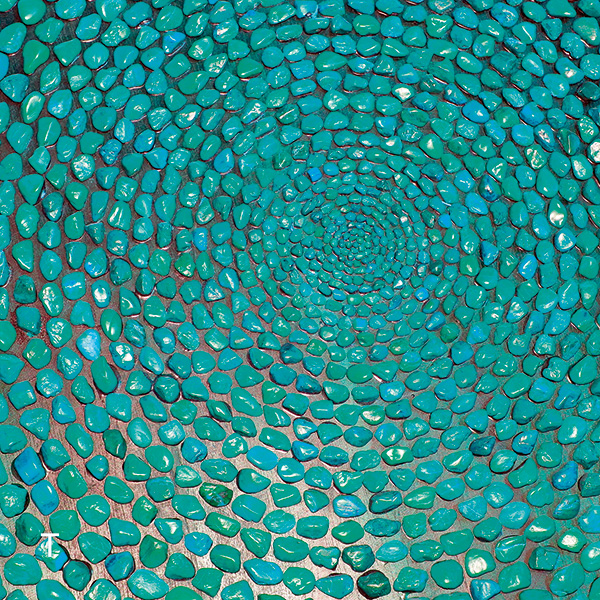Sir Isaac Newton (1642-1726) is known today mainly for his work on gravity. However, he was also interested in light and color, experimented with prisms, and discovered that sunlight contains all the colors of the rainbow.
In 1810, none other than the poet Johann Wolfgang von Goethe (1749-1832) published a comprehensive scientific work “On the Theory of Colors,” which he himself considered more important than all his literary works. In addition to physical observations and the classification of colors, Goethe was also deeply invested in the effect of colors on the human psyche.
One of the first to translate these considerations into a therapeutic system was the U.S. American Dr. med. Edwin Dwight Babbitt (1828-1905), whose extensive work “The Principles of Light and Color” sparked a great deal of interest in the medical application of colored light.
The Indian physician Dinshah P. Ghadiali (1873-1966) was inspired by Babbitt’s work and, after initial treatment successes, devoted his entire life to the development and research of colored light therapy. The Spectro-Chrome method with its detailed treatment plans is owed to his meticulous passion.
Today it isprobably the best documented system for the application of colored light for health.































